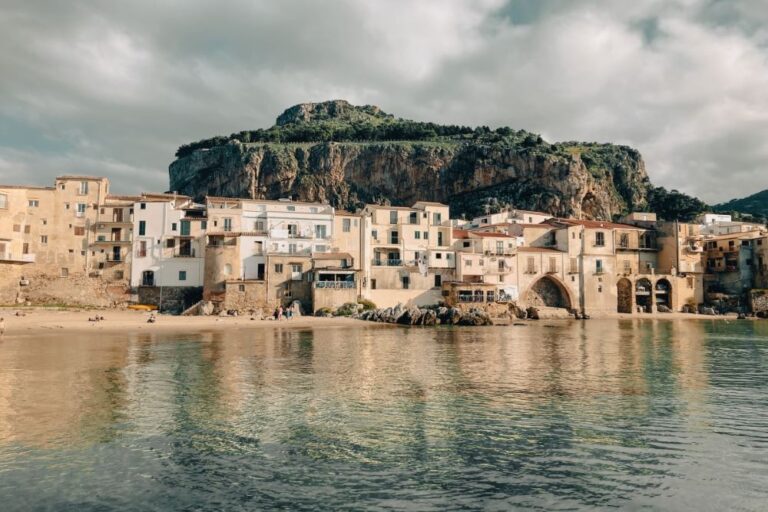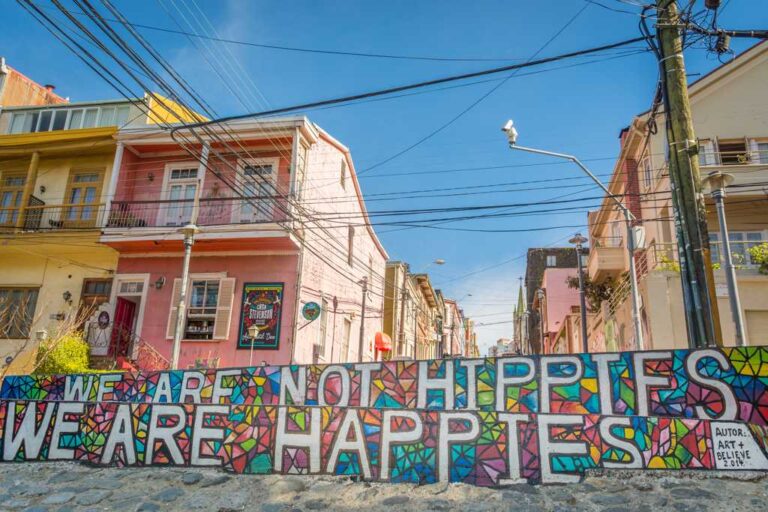Mongolia is not only known for its green and lush valleys with endless skies, but also for its vast steppe and desert: the Gobi desert. Majestic sand dunes, cold canyons, dinosaur fossil sites and traditional nomadic lifestyle are only a few things this region has to offer. It was one of the places we were looking forward to and it didn’t disappoint us! But it was also one of the most challenging countries to plan an itinerary as you don’t find much information. So this guide is here to help you out and discover this beautiful country by yourself!
Table of Contents
Map and itinerary
The tour company
It’s possible, but traveling the Gobi desert independently is rather difficult. For example: hiring your own vehicle is more expensive than hiring a vehicle with its respectful owner and driver at the same time. So what did we do? We went to some local hostels and asked if they could arrange a tour for us with driver and guide included. We went for Golden Gobi guesthouse and tours. Our tour company consisted out of seven people. May I introduce to you:
Our driver and mechanic: Ugi
Our guide and cook: Nessa (also called Loch Nessa after an argument between Matthias and her about the itinerary that was not part of the deal). If we didn’t stand our ground, we wouldn’t have had a 2-day horse trek nor see the most beautiful site we visited: 8 lakes. Apart from that, only love for this woman!
Travel tip: as a Dutch saying goes: good agreements make good friends. Ask explicitly what’s included in the tour and let the itinerary be written down. This prevents you from making a call to the manager during your trip.
Our travel mates: Simon (UK), Claudia (DE), Christopher (FR)
We have to say that those 11 days were very intense. After all you share the same space for 24 hours a day, 7 days a week with people you barely know, let it be sitting in a vehicle or sleeping in a ger. We were very lucky with our group and are happy that we met these wonderful and warm people. Thanks guys for making this tour an unforgettable experience!
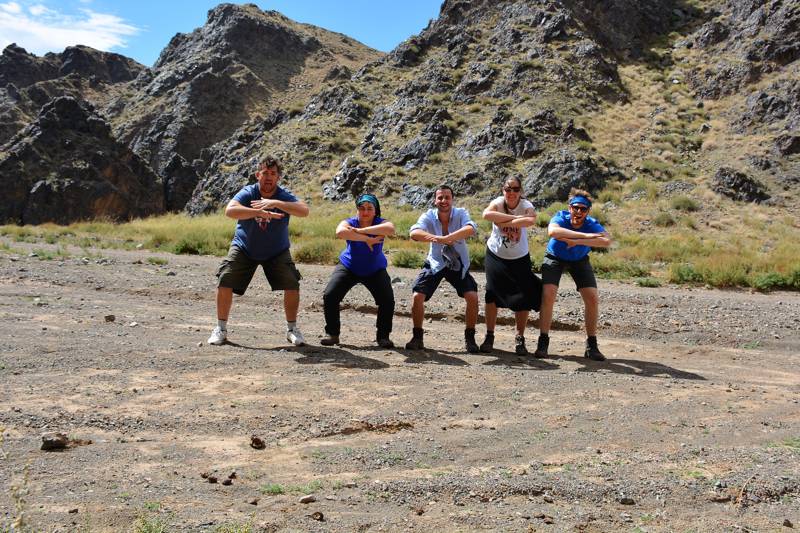
Transport
Traveling and especially transport in the Gobi is a challenge. 90% of our “car hours” were spend on unpaved roads, as in driving through meadows and following wheel tracks of the jeeps that rode here before. Luckily the Russian Toyota 4X4 jeeps that are used for Gobi tours are reliable like tanks as we rallied at 100 km/h over bumpy fields of grass (true story) and hoovercrafted through half a meter deep river crossings. A fun playground for roller coaster enthusiasts, but not for the faint hearted!
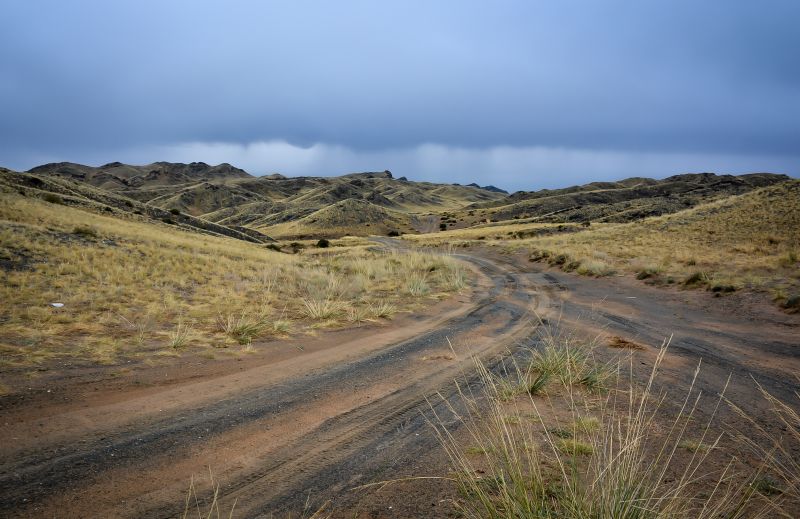
Sleeping
Staying with nomadic families and sleeping in a ger was a highlight itself. Don’t expect a 1000 dollar spring box bed as you basically sleep on a wooden plank. But there’s definitely something cozy about laying in a beautiful decorated tent while listening to the crackling sound of a pile of burning logs in the middle. Not to mention the fierce wildlife you can spot, for instance a beetle crawling through Mieke’s hair. Sleeping in a ger was nice, but nothing could compare to camping in a tent surrounded by yellowish grass with blue skies in the morning and milky way sightings at night.
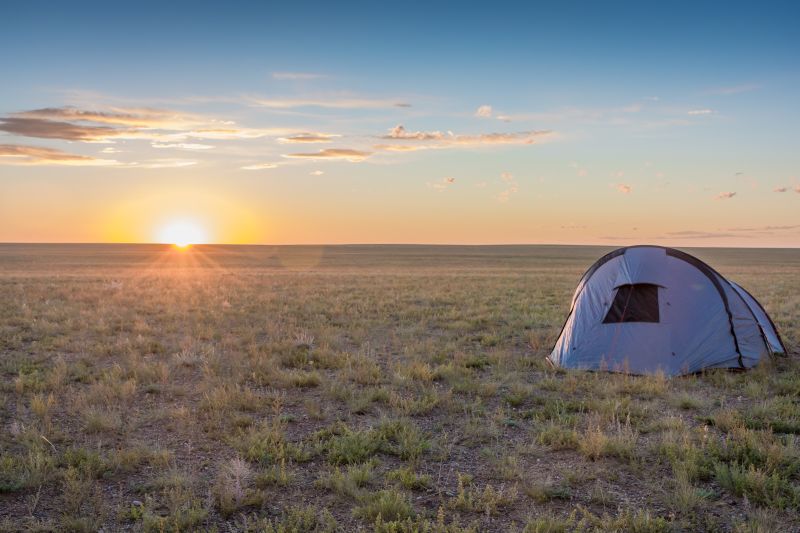
Food and drinks
If you’re not very fond of meat than don’t hesitate to order vegetarian. Mieke asked for vegetarian dishes and didn’t regret it. We ate two times a day a warm meal and most of the time it was almost exactly the same dish you get for lunch and dinner. Mongolian cuisine isn’t very diverse, for those who are interested in what we exactly ate, we have spend a separate post about it as it’s rather unique in this world: Mongolian food: What to expect from it?
Views and activities
It’s strange how you get used to see huge herds of sheep, grazing camels or wild horses casually crossing the street. In fact all the hours that we spend in the jeep watching the scenery was an experience on its own. But as an attempt to delineate what we saw, here are some of the highlights of our trip:
- Tsagaan Suvarga (White Stupas): thousand years of wind blowing has eroded and created these amazing rock formations. The different colors of the rocks represent different times. The site measures about 400 meters in length with the highest peak at about 50 meters.
- Yol valley: also called valley of the vulture as they circle above your head while walking through the gorge. We didn’t see the glacier, but normally the gorge is covered by a thick layer of ice from winter until September.
- Khongoryn Els: famous for its sand dunes. We rode on a camel and climbed to the top of the highest sand dune (3 steps up, 2 steps down). Probably the most memorable view of the trip.
- Bayanzag (Flaming cliffs): red rock formations where a lot of dinosaur bones and eggs were found. Rumor has it that there are still many fossils underneath the soil.
- Orkhon region and Naiman nuur (8 lakes): centered in the heart of Mongolia this was the region we liked the most. Hiking is splendid, the grass green and the lakes crystal clear. We did a 2 day horse trek to the 8 lakes, the best thing we did so far on our trip.
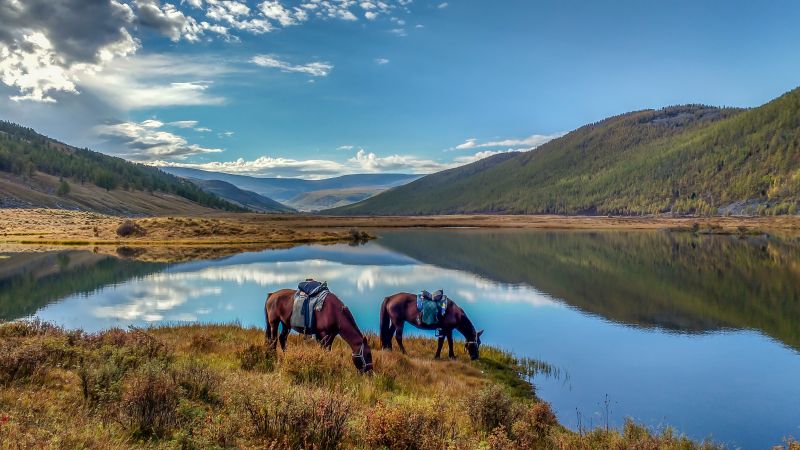
Costs
We paid 570 dollars per person for 11 days (everything included, except for extra snacks and drinks along the way). Although it was a huge part of our budget spend in Mongolia (>30%) we discovered that it was a good deal when we compared it with other travelers.
Travel tip: As a rule of thumb it’s always a better idea to book your tours locally when you arrive in the country or city. In Belgium we researched how much it would have cost if we booked a tour beforehand. We always ended up paying twice as much for the same itinerary as we did now. So chillax at home, spend a day visiting hostels when you arrive and save a decent amount of money to fund your next trip.
